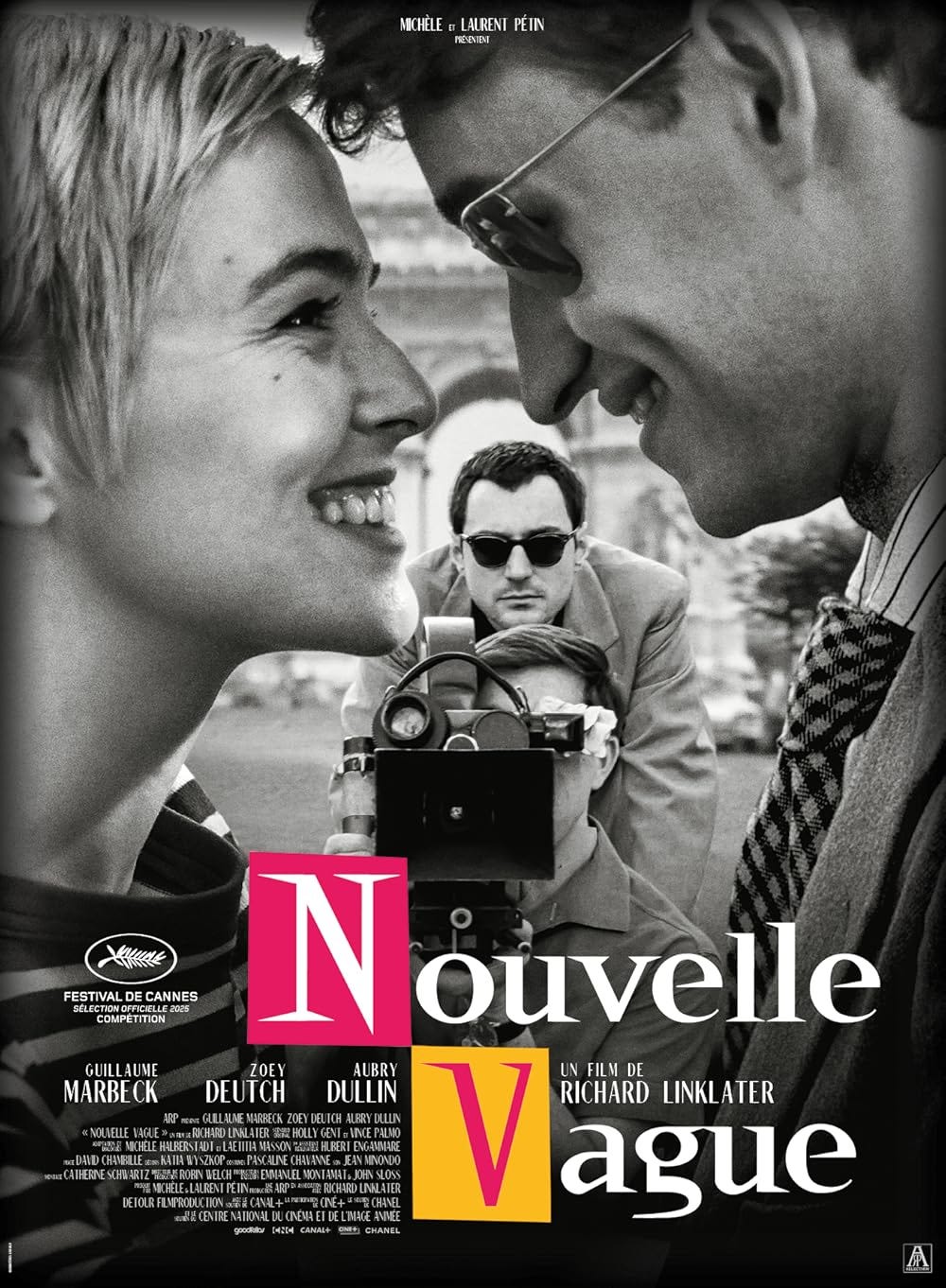Here’s what I watched and read last week…
MOVIES
Jay Kelly (2025), directed by Noah Baumbach, is an excellent film, featuring strong performances by Adam Sandler and Laura Dern. It is definitely one of George Clooney’s best acting roles since The Descendants. The film reminded me somewhat of The Player, as well as 8½ and perhaps even Death in Venice. It is definitely one of the top films of 2025.
The Pervert’s Guide to Cinema (2006), directed by Sophie Fiennes, is a three-part documentary featuring philosopher Slavoj Žižek, who analyzes a range of films through the lens of psychoanalytic theory. I have always found the sections on the gaze, fantasy, and ontology the most fascinating. I am particularly drawn to his argument that reality is ontologically incomplete and that we are always haunted by an ultimate version of ourselves. As I am finishing my book on Hitchcock, I wanted to revisit the documentary, since many of the concepts Žižek discusses are central to my work.
The Million Dollar Hotel (2000), directed by Wim Wenders, is another film featured on the Criterion Channel as part of a collection centered on hotels. The film follows an ensemble cast of eclectic characters who live in a hotel. Filmed at the Rosslyn Hotel in Los Angeles, the plot involves the murder of one of the residents, though the film is less a traditional whodunit than an atmospheric character study centered on Tom Tom (Jeremy Davies) and Eloise (Milla Jovovich). Bono shares a story credit, and U2 contributes several songs to the soundtrack. It takes some time to adjust to Davies’s unusual performance, and the film is slow-paced—as most of Wenders’s films are. While it is nowhere near as great as Paris, Texas or Wings of Desire, or even Perfect Days, which I loved, it is still worth checking out.
My Blueberry Nights (2007) is not as strong as Wong Kar-wai’s In the Mood for Love or Chungking Express, but it is still worth seeing, especially for Darius Khondji’s awesome cinematography.
Mahjong (1996) is the last Edward Yang film I watched on the Criterion Channel, and I enjoyed it. Of all the Yang films I’ve seen so far, this one has the most humor.
TV
I finished the fourth season of Slow Horses and found it the toughest to watch. As always, there are big surprises and strong performances, but this is by far the most violent season.
BOOKS
I’m almost finished reading Slavoj Žižek’s Quantum History: A New Materialist Philosophy (2025). Žižek offers some intriguing interpretations of ontology through the lens of quantum mechanics. He has been writing on this topic for some time, and I’ve never fully understood his arguments before, but I think I finally grasp what he’s getting at this time. I’ll try to write a review of the book once I’m finished.












_poster.jpg)



